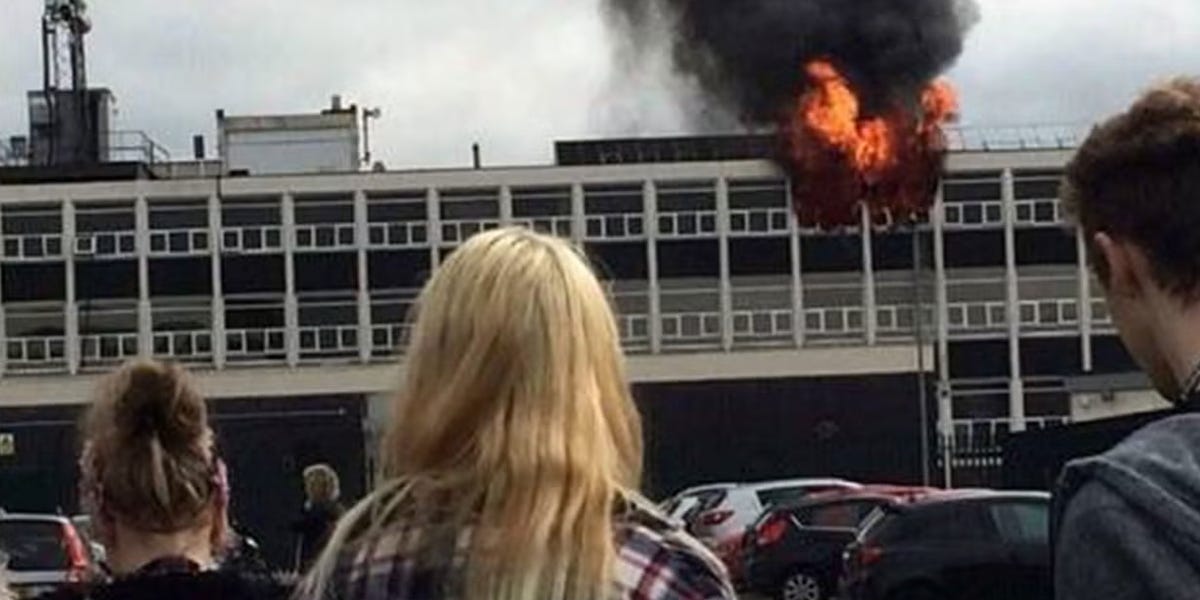The crisis of higher education is worse than you think

🌈 Abstract
The article discusses the crisis in higher education, focusing on the declining mental health and academic achievement of college students, as well as the systemic issues that have contributed to this problem, such as the increased reliance on contingent faculty, large class sizes, and the overuse of technology in the classroom.
🙋 Q&A
[01] The crisis of higher education
1. What are the key issues discussed in the article regarding the state of higher education?
- The article discusses the following key issues in higher education:
- Declining mental health and academic achievement among college students, especially young women, socially conscious students, and those from middle-class backgrounds
- The academic unpreparedness of incoming freshmen, with universities bending over backwards to inflate grades and pass students
- The overreliance on contingent faculty, such as adjuncts and graduate students, who are underpaid and overworked
- Extremely large class sizes, with some first-year writing courses having over 40 students
- The overuse of technology in the classroom, such as electronic whiteboards and course management software, which has made the learning experience more impersonal and standardized
- The decline in students' ability to engage with physical reading materials and basic computer skills
[02] Causes of the crisis
1. What are the key factors contributing to the crisis in higher education according to the article?
- The article identifies several key factors contributing to the crisis in higher education:
- The widespread use of contingent faculty, who are underpaid and overworked, leading to a decline in the quality of instruction
- Extremely large class sizes, with some first-year writing courses having over 40 students
- The overuse of technology in the classroom, such as electronic whiteboards and course management software, which has made the learning experience more impersonal and standardized
- The decline in students' ability to engage with physical reading materials and basic computer skills, due to the overreliance on digital content and "appified" software
- The prioritization of cost-cutting measures and efficiency over the quality of education by university administrators
2. How does the article characterize the role of university administrators in the crisis?
- The article portrays university administrators as prioritizing cost-cutting measures and efficiency over the quality of education. It describes administrators as being more willing to invest in expensive technology than to hire more full-time instructors and reduce class sizes.
3. What impact did the COVID-19 pandemic have on the issues discussed in the article?
- The article suggests that the COVID-19 pandemic was a severe catalyst that exacerbated the existing problems in higher education. The shift to remote learning during the pandemic further contributed to the academic unpreparedness of incoming freshmen and the decline in student engagement and mental health.
Shared by Daniel Chen ·
© 2024 NewMotor Inc.